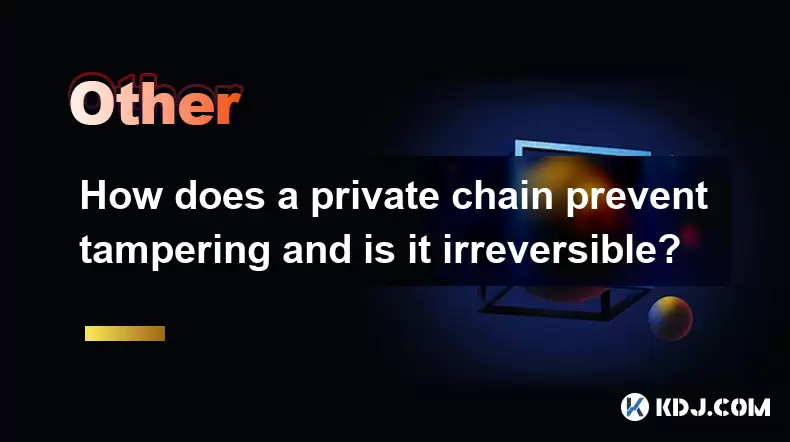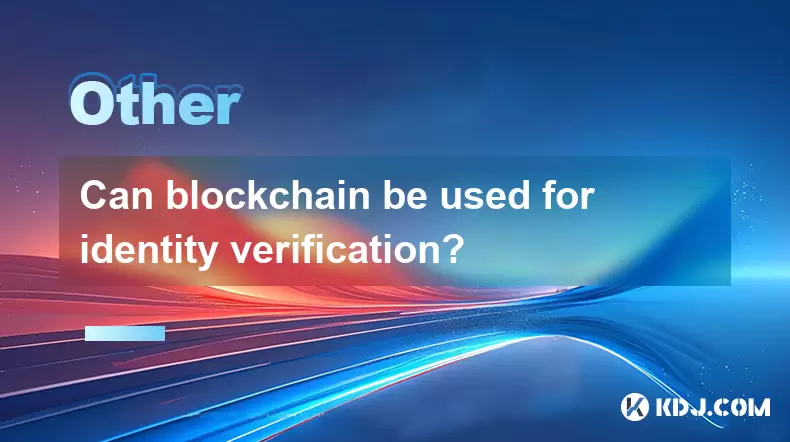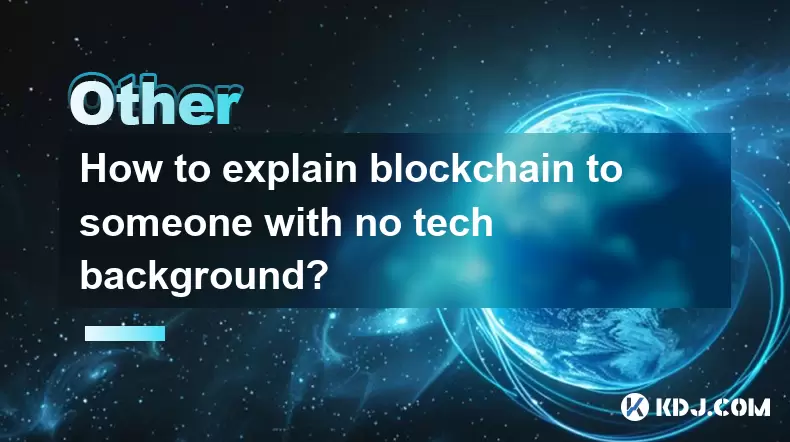-
 Bitcoin
Bitcoin $119300
1.07% -
 Ethereum
Ethereum $3730
3.87% -
 XRP
XRP $3.235
0.29% -
 Tether USDt
Tether USDt $1.000
0.00% -
 BNB
BNB $783.5
1.88% -
 Solana
Solana $188.7
0.25% -
 USDC
USDC $0.0000
-0.01% -
 Dogecoin
Dogecoin $0.2399
-0.44% -
 TRON
TRON $0.3157
2.37% -
 Cardano
Cardano $0.8254
1.94% -
 Hyperliquid
Hyperliquid $42.83
0.14% -
 Stellar
Stellar $0.4372
3.21% -
 Sui
Sui $3.859
4.91% -
 Chainlink
Chainlink $18.53
3.53% -
 Hedera
Hedera $0.2464
0.01% -
 Bitcoin Cash
Bitcoin Cash $519.8
2.46% -
 Avalanche
Avalanche $24.24
2.17% -
 Litecoin
Litecoin $113.7
0.73% -
 UNUS SED LEO
UNUS SED LEO $8.990
0.30% -
 Shiba Inu
Shiba Inu $0.00001390
0.21% -
 Toncoin
Toncoin $3.188
1.49% -
 Ethena USDe
Ethena USDe $1.001
0.02% -
 Polkadot
Polkadot $4.090
-0.91% -
 Uniswap
Uniswap $10.40
4.08% -
 Monero
Monero $326.6
3.12% -
 Bitget Token
Bitget Token $4.627
-0.42% -
 Pepe
Pepe $0.00001281
0.76% -
 Dai
Dai $1.000
0.01% -
 Aave
Aave $291.6
0.98% -
 Cronos
Cronos $0.1269
7.26%
How does a private chain prevent tampering and is it irreversible?
Private chains use consensus algorithms, cryptographic hashing, and digital signatures to prevent tampering and ensure the irreversibility of transactions, enhancing security and control.
May 17, 2025 at 03:01 am

Understanding Private Chains
A private chain is a type of blockchain network where access and participation are restricted to a select group of participants. Unlike public blockchains, which are open to anyone, private chains are typically used by organizations or consortia to maintain privacy and control over their transactions and data. This structure raises important questions about security, particularly regarding tampering prevention and irreversibility.
Mechanisms to Prevent Tampering
Private chains employ several mechanisms to prevent tampering, ensuring the integrity and security of the data stored on the network. One of the primary methods is through the use of consensus algorithms. In a private chain, consensus mechanisms such as Practical Byzantine Fault Tolerance (PBFT) or Raft are often used. These algorithms ensure that all nodes in the network agree on the state of the blockchain, making it extremely difficult for a malicious actor to alter the data without being detected.
Another critical component is cryptographic hashing. Each block in the blockchain contains a hash of the previous block, creating a chain of blocks that are linked together. If a malicious actor attempts to change the data in a block, the hash of that block will change, which in turn will change the hash of all subsequent blocks. This makes it nearly impossible to tamper with the blockchain without being noticed, as the altered hash will not match the hash stored in the next block.
Digital signatures also play a vital role in preventing tampering. Each transaction on the blockchain is signed with the private key of the sender, and this signature can be verified using the sender's public key. This ensures that transactions cannot be altered or forged, as any change to the transaction data will invalidate the signature.
Ensuring Irreversibility
Irreversibility is a fundamental characteristic of blockchain technology, and private chains are no exception. Once a transaction is recorded on the blockchain and validated by the network, it becomes a permanent part of the ledger. This is achieved through the combination of consensus mechanisms and cryptographic techniques mentioned earlier.
The consensus algorithm ensures that all nodes agree on the state of the blockchain, making it impossible for a single node to revert a transaction without the agreement of the majority of the network. In a private chain, where the number of nodes is controlled and known, this consensus is easier to achieve and maintain.
Cryptographic hashing and digital signatures further reinforce the irreversibility of transactions. Once a block is added to the blockchain, altering it would require recalculating the hashes of all subsequent blocks and re-signing all transactions, a task that is computationally infeasible and would be immediately detected by the network.
Role of Access Control
Access control is another crucial aspect of private chains that contributes to both preventing tampering and ensuring irreversibility. By limiting who can participate in the network and what actions they can perform, private chains can maintain a high level of security and integrity.
Permissioned networks allow only authorized users to join the network and submit transactions. This reduces the risk of malicious actors gaining access and attempting to tamper with the blockchain. Additionally, role-based access control can be implemented to restrict certain actions to specific users, further enhancing security.
Auditing and Monitoring
To further ensure the integrity of the private chain, auditing and monitoring are essential. Regular audits can detect any anomalies or unauthorized changes to the blockchain, while real-time monitoring can alert administrators to potential security breaches or tampering attempts.
Audit trails provide a detailed record of all transactions and changes made to the blockchain, allowing for thorough investigations if any discrepancies are found. Monitoring tools can track network activity and detect unusual behavior, such as multiple failed attempts to submit transactions or unauthorized access to the network.
Case Studies and Examples
Several organizations have successfully implemented private chains to secure their data and transactions. For instance, Hyperledger Fabric, a popular framework for building private blockchains, is used by many enterprises to manage supply chains, financial transactions, and other sensitive data.
In the financial sector, JPMorgan Chase has developed Quorum, a private blockchain platform based on Ethereum, to handle interbank transactions securely. Quorum uses a modified version of the Ethereum consensus algorithm to ensure that transactions are tamper-proof and irreversible.
Another example is Maersk, which partnered with IBM to create TradeLens, a private blockchain solution for the global supply chain. TradeLens ensures that all parties involved in the shipping process have access to a secure, tamper-proof ledger of transactions, enhancing transparency and efficiency.
Frequently Asked Questions
Q: Can a private chain be hacked?
A: While private chains are designed to be secure, they are not immune to hacking attempts. However, the restricted access and robust security measures, such as encryption and consensus algorithms, make it significantly more challenging for hackers to compromise the network compared to public blockchains.
Q: How does a private chain differ from a public chain in terms of security?
A: Private chains offer enhanced security through controlled access and known participants, reducing the risk of malicious attacks. Public chains, on the other hand, are open to anyone, which can increase vulnerability to attacks but also allows for greater decentralization and transparency.
Q: Can transactions on a private chain be reversed under any circumstances?
A: Transactions on a private chain are designed to be irreversible once validated and added to the blockchain. However, in some cases, if there is unanimous agreement among all participants and the necessary cryptographic keys are available, it might be possible to reverse a transaction through a coordinated effort, though this is highly unusual and tightly controlled.
Q: How can organizations ensure the privacy of data on a private chain?
A: Organizations can ensure data privacy on a private chain through encryption of sensitive data, implementing strict access controls, and using zero-knowledge proofs to verify transactions without revealing underlying data. Additionally, regular audits and monitoring can help detect and prevent unauthorized access to the network.
Disclaimer:info@kdj.com
The information provided is not trading advice. kdj.com does not assume any responsibility for any investments made based on the information provided in this article. Cryptocurrencies are highly volatile and it is highly recommended that you invest with caution after thorough research!
If you believe that the content used on this website infringes your copyright, please contact us immediately (info@kdj.com) and we will delete it promptly.
- Bitcoin, Jim Cramer, and the US Deficit: A Wall Street Story
- 2025-07-25 10:30:11
- TGEs, Scalability & Privacy Tech: Decoding the Future of Blockchain
- 2025-07-25 10:30:11
- TRON, Crypto Payroll, and Stablecoins: A New York Minute on the Future of Finance
- 2025-07-25 08:30:11
- WazirX, Revote, and Crypto Unlock: A New York Minute on the Latest Developments
- 2025-07-25 06:50:11
- Hong Kong Stablecoin Regulation: Navigating the Hype and Hurdles
- 2025-07-25 08:30:11
- Bitcoin LTHs, CDD Ratio, and Distribution: What's the Deal?
- 2025-07-25 08:50:12
Related knowledge

What is a token on the blockchain?
Jul 21,2025 at 07:00am
Understanding the Concept of a TokenIn the realm of blockchain technology, a token is a digital representation of an asset or utility that exists on a...

Can blockchain be used for identity verification?
Jul 18,2025 at 02:14pm
Understanding Identity Verification in the Digital AgeIn the modern digital landscape, identity verification has become a critical component for ensur...

What is a consensus mechanism in blockchain?
Jul 21,2025 at 03:01am
Understanding the Basics of Consensus MechanismsA consensus mechanism is a critical component of any blockchain network. It refers to the process by w...

How to explain blockchain to someone with no tech background?
Jul 18,2025 at 11:08pm
Understanding the Basics of BlockchainTo explain blockchain to someone with no tech background, it's essential to start with simple analogies and avoi...

Who invented blockchain technology?
Jul 23,2025 at 01:28am
Origins of Blockchain TechnologyBlockchain technology did not emerge from a single inventor or institution. Instead, it evolved through a series of ac...

How does blockchain impact data privacy?
Jul 21,2025 at 02:21pm
Understanding the Role of Blockchain in Data PrivacyBlockchain technology, originally developed as the underlying infrastructure for cryptocurrencies ...

What is a token on the blockchain?
Jul 21,2025 at 07:00am
Understanding the Concept of a TokenIn the realm of blockchain technology, a token is a digital representation of an asset or utility that exists on a...

Can blockchain be used for identity verification?
Jul 18,2025 at 02:14pm
Understanding Identity Verification in the Digital AgeIn the modern digital landscape, identity verification has become a critical component for ensur...

What is a consensus mechanism in blockchain?
Jul 21,2025 at 03:01am
Understanding the Basics of Consensus MechanismsA consensus mechanism is a critical component of any blockchain network. It refers to the process by w...

How to explain blockchain to someone with no tech background?
Jul 18,2025 at 11:08pm
Understanding the Basics of BlockchainTo explain blockchain to someone with no tech background, it's essential to start with simple analogies and avoi...

Who invented blockchain technology?
Jul 23,2025 at 01:28am
Origins of Blockchain TechnologyBlockchain technology did not emerge from a single inventor or institution. Instead, it evolved through a series of ac...

How does blockchain impact data privacy?
Jul 21,2025 at 02:21pm
Understanding the Role of Blockchain in Data PrivacyBlockchain technology, originally developed as the underlying infrastructure for cryptocurrencies ...
See all articles

























































































